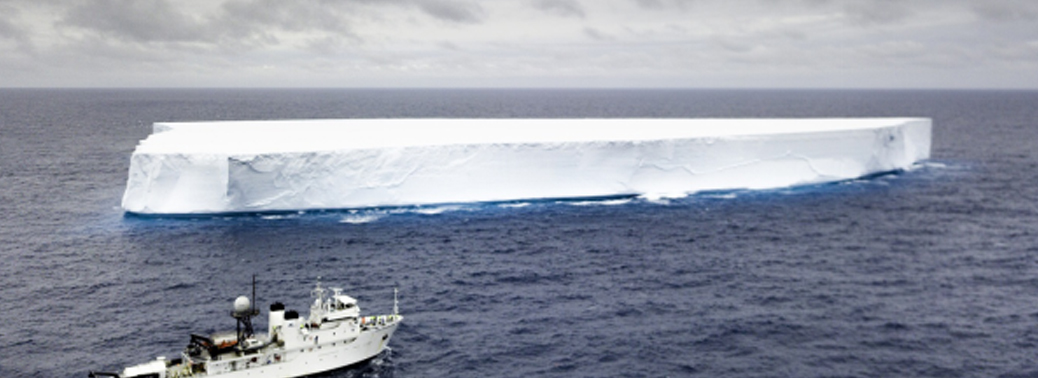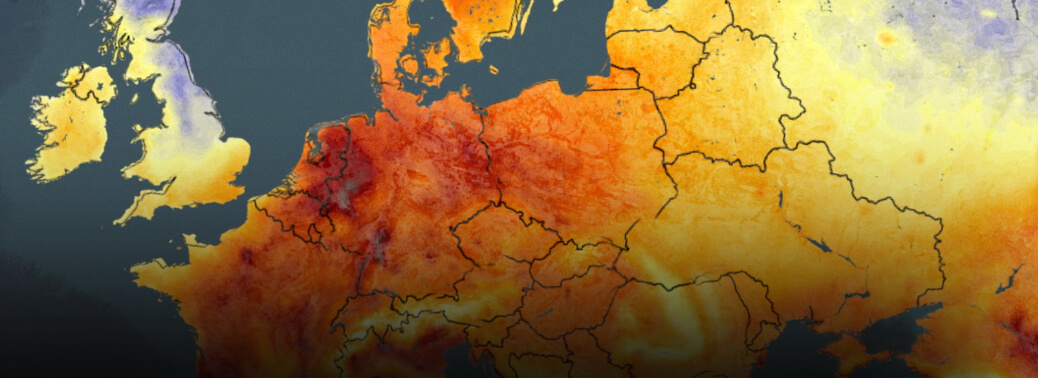Category: Global Climate Related
INDIAN SCIENTIFIC EXPEDITION TO THE SOUTHERN OCEAN 2020
19, Feb 2020

Why in News?
- On January, the South African oceanographic research vessel SA Agulhas set off from Port Louise in Mauritius, on a two-month Indian Scientific Expedition to the Southern Ocean 2020.
- On 14thFeb the vessel was at Prydz Bay, in the coastal waters of “Bharati”, India’s third station in Antarctica.
Highlights:
- On board the vessel are 34 scientific staff from India, apart from technical hands, seamen and a chef who are all from South Africa.
- This is the 11thexpedition of an Indian mission to the Southern Ocean, or Antarctic Ocean. The first mission took place between January and March 2004.
Objectives:
- The 18-institution team, led by Dr.Anoop Mahajan from the Indian Institute of Tropical Meteorology, Pune, are collecting air and water samples from around 60 stations along the cruise track.
- These will give valuable information on the state of the ocean and atmosphere in this remote environment and will help to understand its impacts on the climate
- A key objective of the mission is to quantify changes that are occurring and the impact of these changes on large-scale weather phenomenon, like the Indian monsoon, through tele-connection,
- Study mainly aims to understand the influence of the Southern Ocean across eco-system and atmospheric changes and how it affects the tropical climate and weather conditions.
Main Objectives:
- Carbon dioxide is getting emitted into the atmosphere, and through atmospheric circulation goes to the Antarctic and Polar Regions.
- Since the temperature is very low there, these gases are getting absorbed and converted into dissolved inorganic carbon or organic carbon, and through water masses and circulation it is coming back to tropical regions. Since it is warmer in these areas, it re-enters the atmosphere
- It is this cycle that the mission will help understand better. “How much carbon dioxide is going to those regions, and how much is coming back. That is the main objective.”
Six Core Projects:
- Study hydrodynamics and biogeochemistry of the Indian Ocean sector of the Southern Ocean; involves sampling sea water at different depths. This will help understand the formation of Antarctic bottom water.
- Observations of trace gases in the atmosphere, such as halogens and dimethyl sulphur from the ocean to the atmosphere. Will help improve parameterisations that are used in global models.
- Study of organisms called coccolithophores that have existed in the oceans for several million years; their concentrations in sediments will create a picture of past climate.
- Investigate atmospheric aerosols and their optical and radiative properties. Continuous measurements will quantify impact on Earth’s climate.
- Study the Southern Ocean’s impact on Indian monsoons. Look for signs in sediment core taken from the bottom of the ocean.
- Dynamics of the food web in the Southern Ocean; important for safeguarding catch and planning sustainable fishing.
EUROPE HEATWAVE
02, Jul 2019

- Context: A massive heatwave has gripped Western European countries and caused severe heat warnings in several parts of Europe.
What is a Heatwave?
- A heat wave is a period of Unusually Hot Weather that typically lasts two or more days. To be considered a heat wave, the temperatures have to be outside the historical averages for a given area.
- Classifying a heat wave varies from country to country, because what is seen as extremely hot in one place may seem within normal range in another.
- WMO listed several factors to be considered while analysing heatwave. These include defining a specific threshold for variables such as temperature to be considered extreme, as well as a human perspective of extremes.
How India Meteorological Department Declares Heatwave?
- The India Meteorological Department does not consider a heatwave unless the maximum temperature crosses 40°C in the plains and 30°C in the hills.
- Where the normal maximum is 40°C or less, the heatwave departure from normal is 5°C to 6°C and the severe heatwave departure is 7°C or more.
- Where the normal maximum is more than 40°C, the heatwave departure from normal is 4°C to 5°C while the severe heatwave departure is 6°C or more.
- In places where the maximum temperature reaches 45°C or more, the IMD declares a heatwave irrespective of the normal.
What are the health hazards of heatwave?
- The heat poses a risk to people’s health, agriculture and the environment. It is the departure from normal — or what people are used to — that makes heatwaves dangerous.
- Babies and older people are particularly vulnerable because their bodies are not as well able to regulate their own temperatures as those of young adults.
- High temperatures can cause exhaustion, heat stroke, organ failure, and breathing problems.
The European Heatwave:
- According to the World Meteorological Organization (WMO) the heatwave in Europe is a result of Warm Air Masses from Africa and more such events are expected to follow during this northern hemisphere summer.
- The heatwave in Europe follows extreme heat episodes in India, Pakistan, parts of the Middle East and Australia.
- According to WMO its too early to blame Climate Change for these trends. However, the WMO agreed that the heatwave is consistent with climate scenarios which predict more frequent, drawn out and intense heat events as greenhouse gas concentrations lead to a rise in global temperatures.
- Apart from heatwaves, various climate models have predicted alternating periods of prolonged droughts and heavy flooding in some areas.






